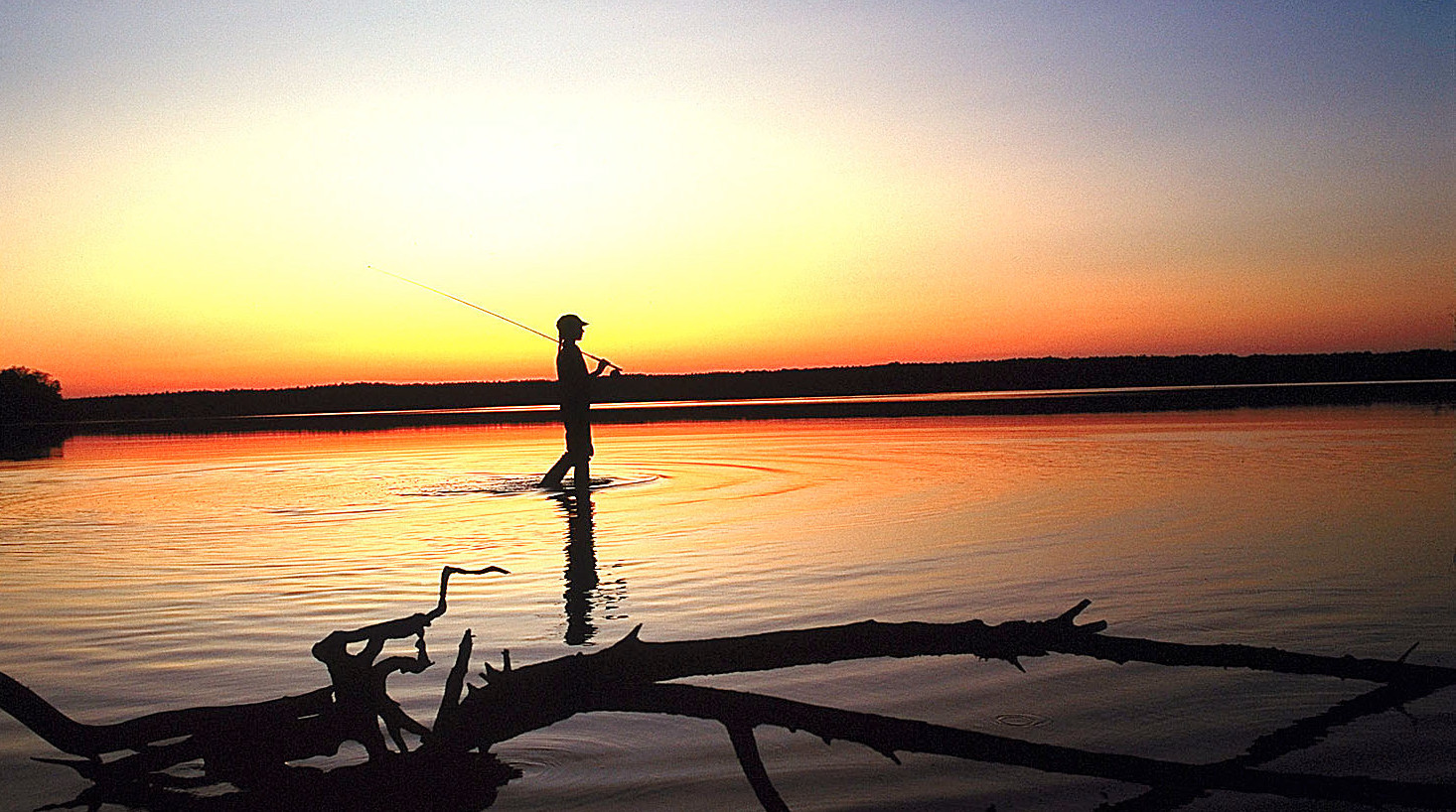Do Anglers Want Creature Comforts at Access Sites?

The answer changes according to their age, gender, and other demographics.
Heading out for a day of fishing on the lake? With more than 300,000 registered vessels in North Carolina, boating is one of the state’s most popular activities year-round. Boaters can explore more than 5,000 miles of state waters. The N.C. Wildlife Resources Commission provides more than 200 free Boating Access Areas to over 100 different bodies of water, and the commission strives to constantly improve and renovate its boating access areas.
Research Need
The demographics of anglers is changing in the U.S. For example, the Recreational Boating and Fishing Foundation notes that an ever-increasing percentage of first-time fishing participants are female. The organization also observes that more mid-aged adults are taking up the sport of fishing.
Anglers approach recreational fishing from diverse cultural frameworks, which influence the sites they access and utilize. As a result, fisheries conservation agencies need information about anglers’ preferences in order to adapt to serve their constituency.
What did they study?
Researchers tried to understand the distinct perspectives of an array of anglers and then tried to correlate these perspectives with what type of fishing landscapes each group of anglers prefers. The team surveyed 811 resident anglers in North Carolina. The researchers presented every respondent with pairs of fishing access sites and asked them to choose which sites they preferred. Researchers also gathered such information as the number of days people spent fishing per year, the age at which they first started to fish, and whether they regularly ate their catches, among other information.
What did they find?
Overall, anglers preferred undeveloped fishing sites over developed fishing sites. Almost 70% indicated they would rather fish at sites with no fishing amenities. This supports previous research on anglers’ preferences that identified a desire to “be in nature” as an important component of recreational fishing.
When separated out by demographics, however, the researchers found that older anglers, female anglers, African American anglers, and anglers with less formal education preferred fishing sites with more amenities. This suggests that if the angling population continues to age and diversify, more people will want amenities at fishing access sites.
Anything else?
Among anglers in the study, about 59% identified as White, 14% as Black, 6% as Asian, 6% as Hispanic, 7% as Native American and 7% as multi-racial or other. Most (86%) anglers were male.
The mean age of the anglers was 47 years, and about half (53%) possessed a bachelor’s degree or higher.
The study also found that anglers spent an average of 20 days fishing over the last year and that they had begun fishing, on average, when they were 7 years old. Roughly half (53%) had lived in a rural environment before the age of 18.
About two-thirds (64%) of the anglers in the study reported that they eat their catch.
Reading
Valdez, R.X., Drake, M.D., Burke, C.R., Peterson, M.N., Serenari, C., and A. Howell. 2019. “Predicting development preferences for fishing sites among diverse anglers.” Urban Ecosystems. 22:127–135.
Summary compiled by Sara Mirabilio
Lead photo courtesy of VisitNC.com
The text from Hook, Line & Science is available to reprint and republish, but only in its entirety and with this attribution: Hook, Line & Science, courtesy of Scott Baker and Sara Mirabilio, North Carolina Sea Grant. HookLineScience.com



